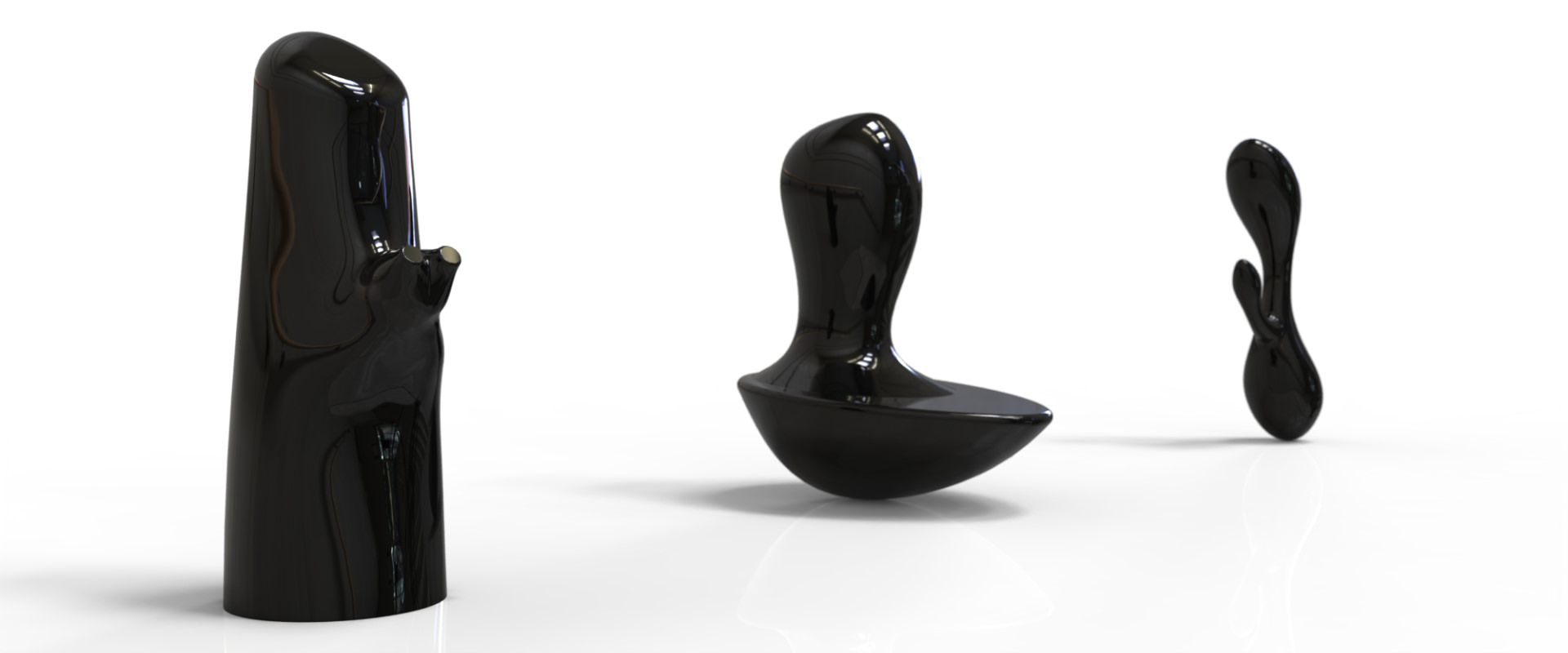Cloud-based computer-aided design (CAD) is a technology that is becoming increasingly popular in the field of industrial design. By using cloud-based CAD systems, industrial designers are able to create and collaborate on complex designs from anywhere with an internet connection.
One of the major benefits of cloud-based CAD is that it allows for real-time collaboration between designers. This is particularly useful in the early stages of design when it is important to quickly iterate and refine ideas. By using a cloud-based CAD system, multiple designers can work on the same design at the same time, making it easier to quickly incorporate feedback and make changes.
Another advantage of cloud-based CAD is that it is accessible from any device with an internet connection. This means that designers can work on their designs from anywhere, whether they are in the office, at home, or on the go. This can be particularly useful for designers who are working on projects with tight deadlines, as it allows them to continue working on their designs even when they are not in the office.
In addition to the benefits for designers, cloud-based CAD systems can also be more cost-effective for companies. Traditional CAD systems require a significant investment in hardware and software, which can be expensive to maintain and upgrade. With a cloud-based system, companies can avoid these upfront costs and instead pay a monthly subscription fee to access the CAD software. This can make it easier for smaller companies to access the tools they need to create high-quality designs.
Despite the advantages of cloud-based CAD, there are also some challenges that need to be considered. One of the main challenges is the need for a stable internet connection in order to access CAD software. If the internet connection is lost, designers may be unable to access their designs or collaborate with their colleagues. Additionally, there may be concerns about data security and the potential for data breaches when using cloud-based systems.
Overall, cloud-based CAD is an exciting technology that has the potential to greatly enhance the work of industrial designers. By allowing for real-time collaboration and access from any device, cloud-based CAD systems can make it easier for designers to create complex designs and bring them to market faster. As technology continues to evolve, we can expect to see even more innovative applications of cloud-based CAD in the field of industrial design.
We, for example, use OnShape, a tool that allows industrial designers to create and collaborate on complex designs from anywhere with an internet connection.
One of the major advantages of Onshape is that it allows for real-time collaboration between designers. This is particularly useful in the early stages of design when it is important to quickly iterate and refine ideas. By using Onshape, multiple designers can work on the same design at the same time, making it easier to quickly incorporate feedback and make changes.
Another advantage of Onshape is that it is accessible from any device with an internet connection. This means that designers can work on their designs from anywhere, whether they are in the office, at home, or on the go. This can be particularly useful for designers who are working on projects with tight deadlines, as it allows them to continue working on their designs even when they are not in the office.
In addition to the benefits for designers, Onshape can also be more cost-effective for companies. Traditional CAD systems require a significant investment in hardware and software, which can be expensive to maintain and upgrade. With Onshape, companies can avoid these upfront costs and instead pay a monthly subscription fee to access the CAD software. This can make it easier for smaller companies to access the tools they need to create high-quality designs.
Overall, Onshape is a powerful and versatile tool for industrial designers. By allowing for real-time collaboration and access from any device, Onshape can make it easier for designers to create complex designs and bring them to market faster. As technology continues to evolve, we can expect to see even more innovative applications of Onshape in the field of industrial design.






